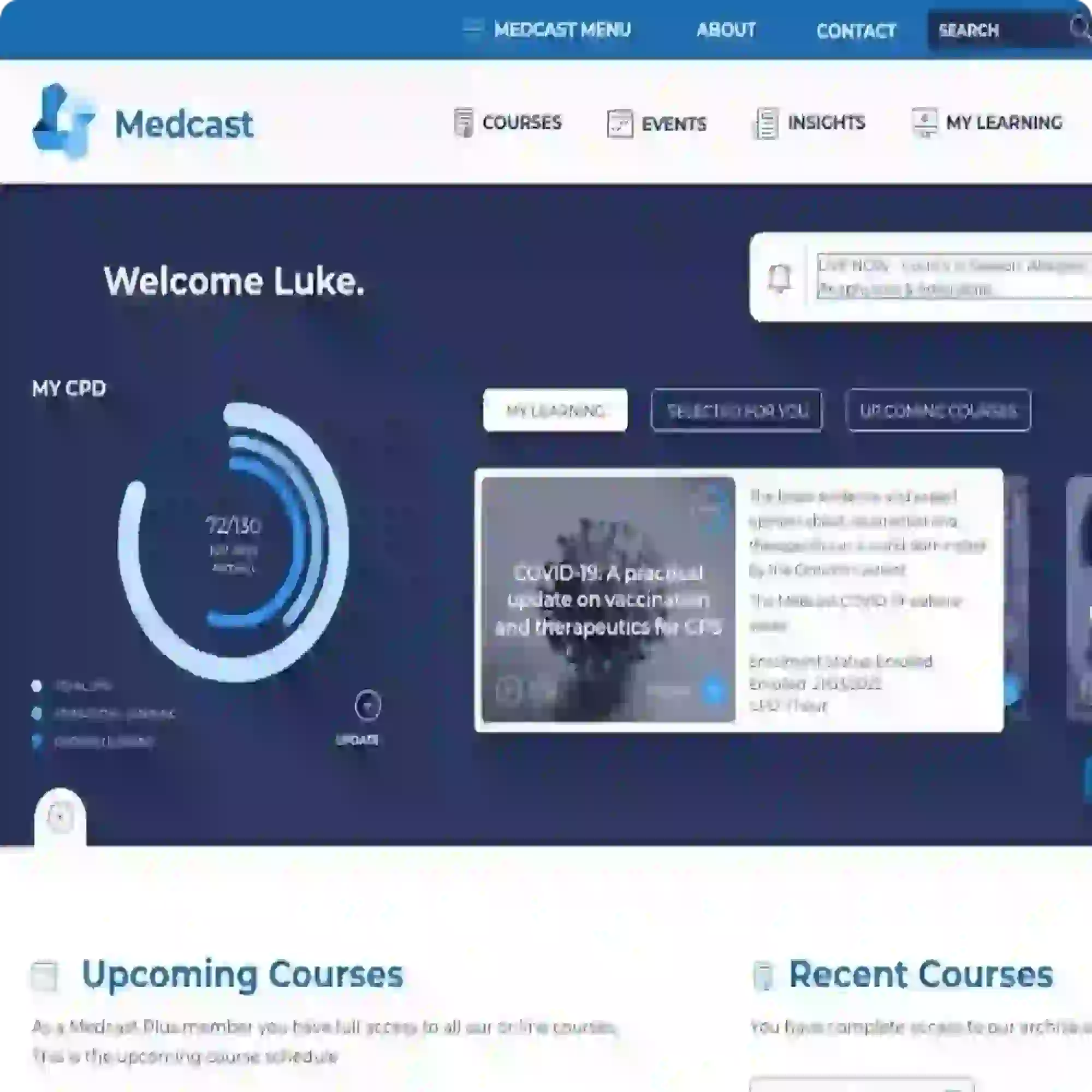Finding frailty and responding in primary care
Defining Frail
Most people have an intuitive understanding of the descriptive term ‘frail’. In the last few
There are a few ways of
It is most helpful to think of it as a dynamic continuum with a range of contributing factors. The possibility exists for intervention (medically, functionally, socially) at any point on this continuum to reverse or slow progression and to assist a person’s independence.
General Practice Context
Issues of acute deterioration, diagnosing delirium and
Next time you see a patient you think is becoming frail, check any contributing factors and then address ways of re-balancing their situation toward robustness. Ask how they rate their health. Do they need a condition treated, a medication stopped, psychological help, advocacy for extra social care, appliances or respite for a
References
- The frailty phenotype and the frailty index: different instruments for different purposes. Cesari, M et al Age Ageing (2014) 43 (1): 10-12. DOI: https://doi.org/10.1093/ageing/aft160
- Campbell AJ, Buchner DM. Unstable disability and the fluctuations of frailty. Age Ageing. 1997 Jul;26(4):315-8.
Useful reading
A very useful UK document from the British Geriatrics Society,
A short Australian summary - Frailty Syndrome

Become a member and get unlimited access to 100s of hours of premium education.
Learn moreCo-billing and split billing are often a source of confusion for many GPs. This FastTrack clearly defines these two methods of billing, including examples, explanations of when it is and isn’t appropriate to co- or split bill, and common compliance pitfalls. 30 mins each RP and EA available with the quiz.
The Coordinated Veterans’ Care (CVC) Program is a DVA initiative that allows GPs to provide structured, proactive care in the community for eligible veterans and war widows. This FastTrack provides a guide to billing the CVC program, and outlines a strategy for its practice-wide integration.
Achilles tendinopathy is a common cause of posterior heel pain and functional impairment. GPs are well-placed to coordinate care for these patients. This FastTrack fact sheet provides a concise summary of diagnosis and non-surgical management, including when to refer. Earn 30mins each RP and EA CPD with the quiz.

